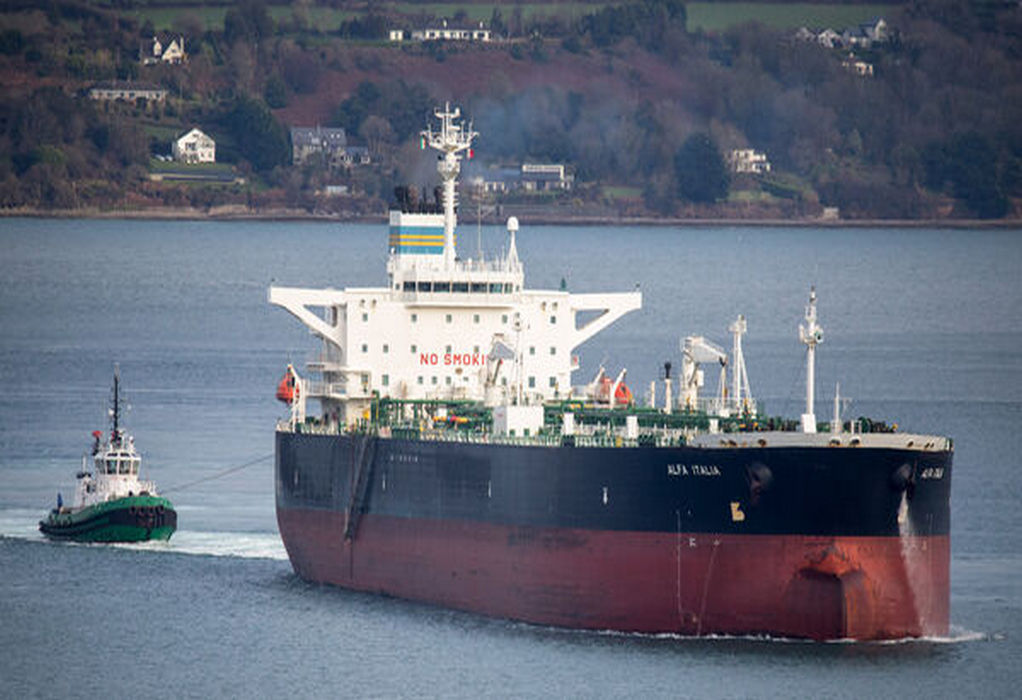Reducing fuel consumption and emissions is a key priority for WAN HAI and the wider container shipping sector, as it looks to drive increased operational efficiencies to comply with more stringent industry regulations, including CII, EEXI and mitigate shipping’s price on carbon following its inclusion in the EU ETS, as well as reaching future targets for global GHG emissions reduction.
WAN HAI has worked with Nippon Paint Marine for seven years, beginning with the application of the high-end antifouling coating A-LF-Sea to 20 vessels within its fleet. Performance analysis conducted in 2019 showed that the product delivered up to 8% fuel and emissions reduction compared to conventional coatings. A-LF-Sea is a super low-friction coating system that uses Nippon Paint Marine’s patented Hydrogel water-trapping technology, resulting in a smoother hull which reduces a vessel’s hydrodynamic drag. This results in lower fuel consumption – as less power is needed to maintain the same speed – reducing the cost of operating the vessel, as well as emissions.
In 2021, WAN HAI began applying Nippon Paint Marine’s next-generation antifouling coating, FASTAR, to generate further fuel efficiencies and help contribute towards CII ratings for its fleet. FASTAR has now been applied to 10 vessels across WAN HAI’s global fleet. The vessels are currently undergoing performance analysis to determine options for generating additional fuel and emissions saving benefits going forward.
FASTAR is Nippon Paint Marine’s 4th generation antifouling system, with self-polishing and self-smoothing capabilities. FASTAR builds upon the company’s patented Hydrogel water-trapping technology, using nano-binder technology to deliver precise, predictable antifouling performance, reducing fuel consumption and emissions, as well as improving drydock efficiency. WAN HAI is now also considering extending this partnership to explore the use of Nippon Paint Marine’s AQUATERRAS solution, the world’s first completely biocide-free and proven self-polishing underwater foul-resistant paint, which can reduce fuel consumption by up to 10%.
Nippon Paint Marine has applied products using its Hydrogel low-friction antifouling coatings to more than 4,000 vessels to date, reducing fuel costs and emissions by up to 8% compared to other makers’ top-of-the-range silyl-acrylate SPC systems without Hydrogel.
Tags: CII, EEXI, Nippon Paint Marine, WAN HAI



Recent Posts
Port of Brisbane Unveils Vision 2060 to Drive Smarter, Cleaner, and More Connected Future
Wärtsilä to Deliver Hybrid Propulsion Systems for Vertom Group’s New Low-Emission Vessels
Latvian port receives electric Konecranes Gottwald Mobile Harbor Crane
Sustainable Ocean Economy Vital for Human Development, Says UNDP at UN Ocean Conference
Green Hydrogen Costs in India Could Drop by 40%, Says IEEFA-JMK Report
Cavotec Secures €1.55 Million Shore Power Contract for Port of Antwerp-Bruges
APM Terminals and SANY Marine sign landmark agreement to accelerate decarbonisation
The Port of Gothenburg takes big step towards shore power connection for container and car/RoRo vessels